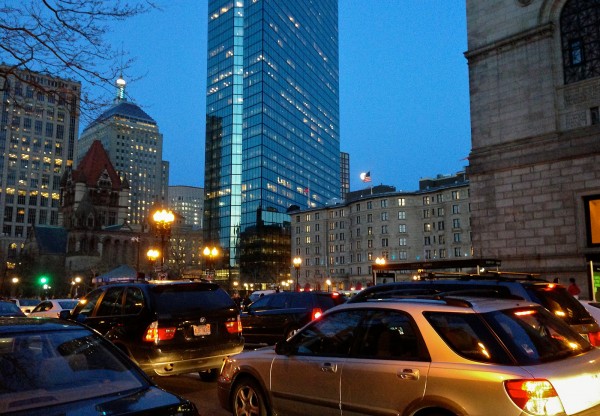
Singapore’s drivers spent less time in congested traffic last year compared to 2014, as one of the few cities worldwide to see a decrease in slow traffic over the period, according to a traffic congestion study conducted by GPS gear maker TomTom.
Still, the 2016 iteration of TomTom’s annual Traffic Index said drivers in Singapore can expect travel time to increase by about 31 per cent from congestion throughout the day. This figure reaches 59 per cent during evening peak hour, adding 126 hours to travel time in a year.
This makes Singapore the 45th most congested city, in a study that included 295 cities in 38 countries. It was released earlier this week.
The numbers represent a decrease over 2014’s congestion level of 33 per cent throughout the day and 65 per cent in the evening peak, itself an improvement over 2013 figures at 34 per cent throughout the day and 68 per cent during the evening peak.
Nevertheless, Singapore compares favourably against Bangkok, the most congested city in Asia. Its drivers spend 232 hours crawling in slow traffic every year, with an average congestion level of 57 per cent throughout the day and 114 per cent during evening peak.
Meixco City is the most congested city, according to the index, with an overall congestion level of 59 per cent, followed by Bangkok, then Istanbul at 50 per cent.
The Traffic Index, now in its fifth iteration, hopes to help drivers and transport planners understand congestion trends, and realise they have a role in reducing time spent in traffic.
“If even just five per cent of us changed our travel plans, we’d improve travel times on our major highways by up to thirty per cent. Collectively, we can all work together to beat traffic congestion,” said Chris Kearney, vice president of TomTom Asia Pacific.
Curious how your city fared? See the full Index reproduced on TomTom’s microsite, which also features independent analyses and helpful advice on beating congestion.






